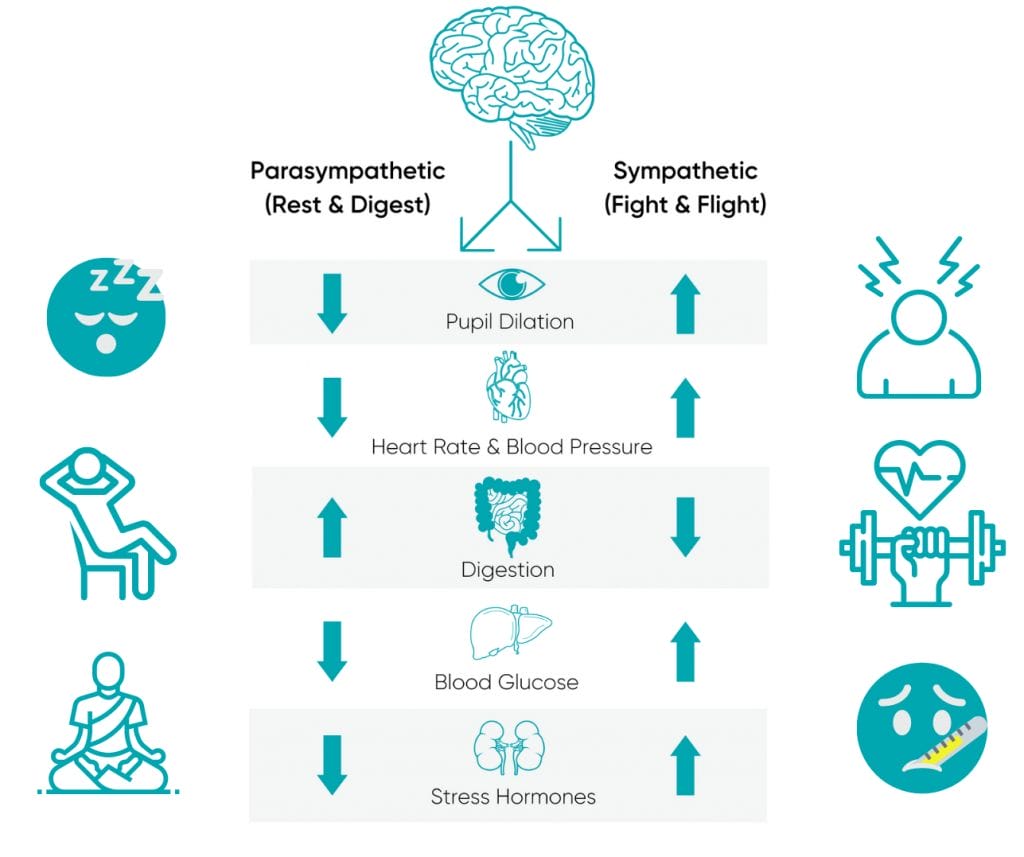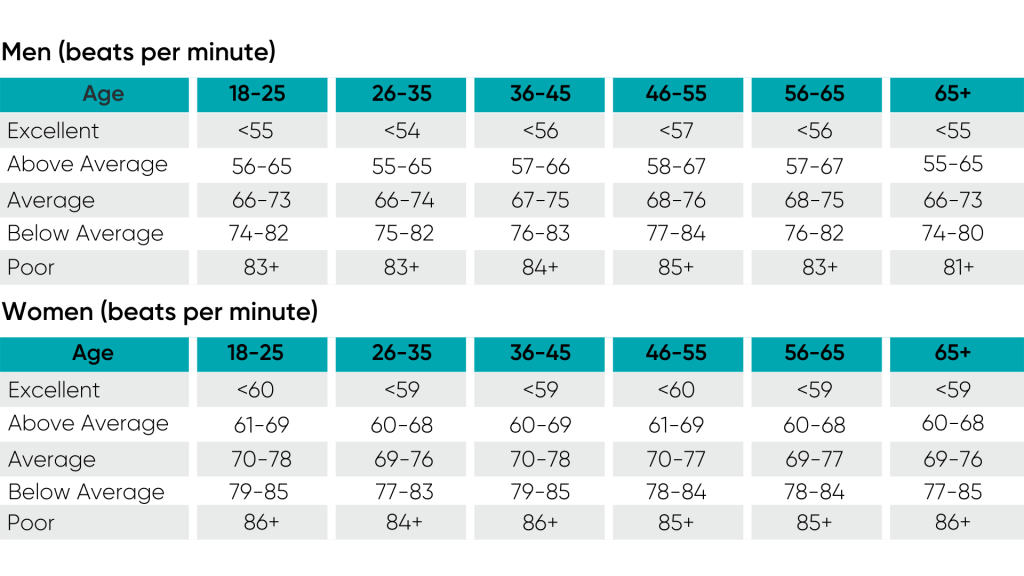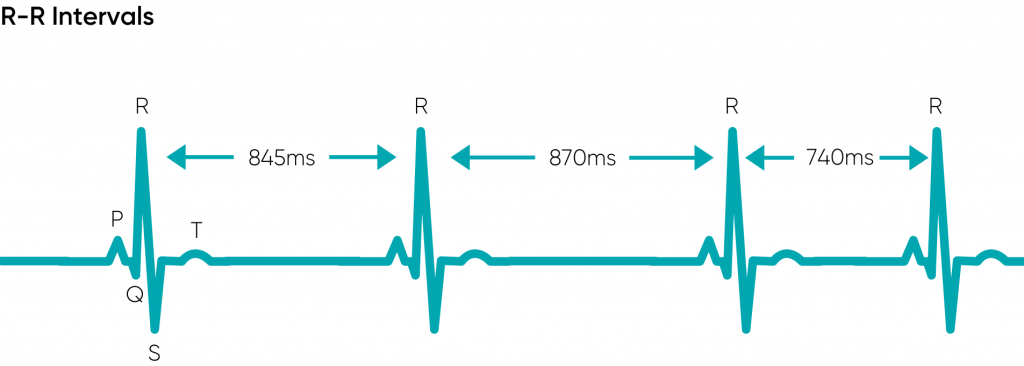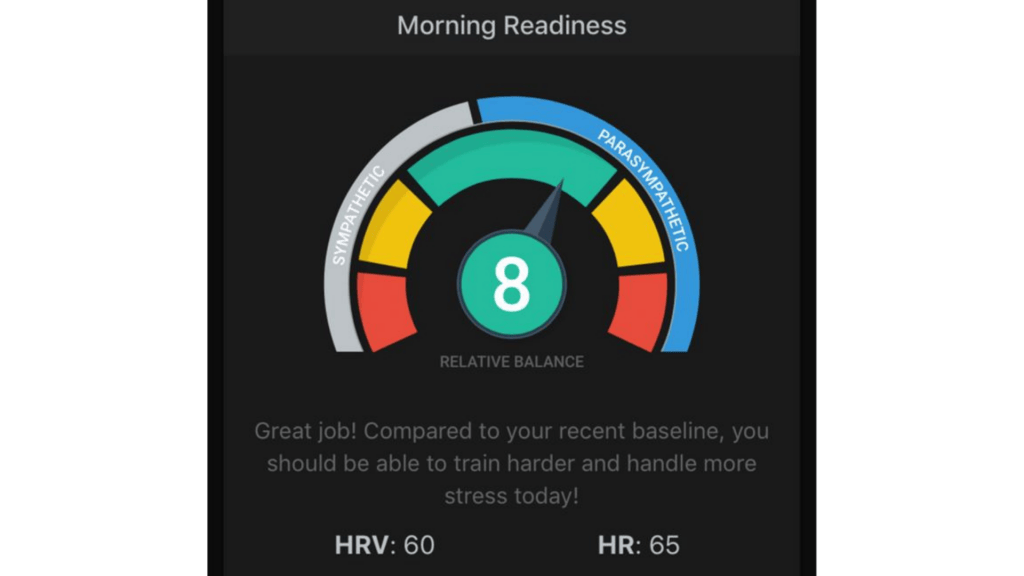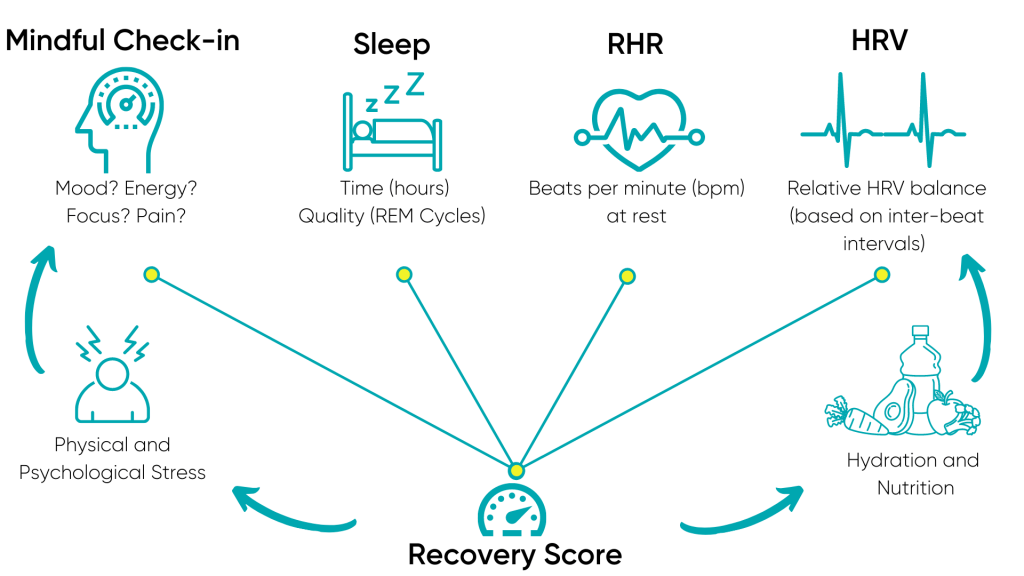Approximately 5 Minutes Reading Time
Brief Article Overview
-
Stress can be either beneficial or detrimental to our health and wellbeing. Acute stress in the right context can be positive but left in a chronic state, it can also be debilitating.
-
Managing stress requires identifying and reducing unnecessary, excessive or chronic exposure, whilst simultaneously using it to purposefully increase one’s stress resilience.
-
Stress resilience is built by achieving a balanced interaction between stress exposure and recovery. Repeated stress-recovery cycles produce the adaptation of stress-resilience over time.
-
It’s difficult to intuitively gauge adequate recovery from a given bout of stress.
-
We suggest, therefore, measuring recovery by using reliable proxies in real-time, which help guide future training considerations and recovery strategies.
-
We outline four simple measurements that can be used to track and monitor an individuals recovery; 1) Mindful check-in (self-assessed energy levels and mood). 2) Sleep performance (regularity, quality and quantity). 3) Resting heart rate. 4) Heart rate variability.
-
By using a Multitrait-multimethod approach, combining all four techniques will give the most reliable and accurate measurement of recovery.
Introduction – Two Ends of a Spectrum
Stress and recovery can be viewed as two ends of a spectrum. At one end we are in a state of “rest and digest”, and at the other, we are in a state of “fight, flight or freeze”. Most of our time spent fluctuating between these two modes of being. This is so in-built within our physiology that the nervous system which runs largely without conscious control, known as the Autonomic Nervous System (ANS), can be divided into two distinct pathways
-
Parasympathetic Nervous System (PNS) – mediates recovery processes.
-
Sympathetic Nervous System (SNS) – mediates the stress response.
 Tiago
Tiago